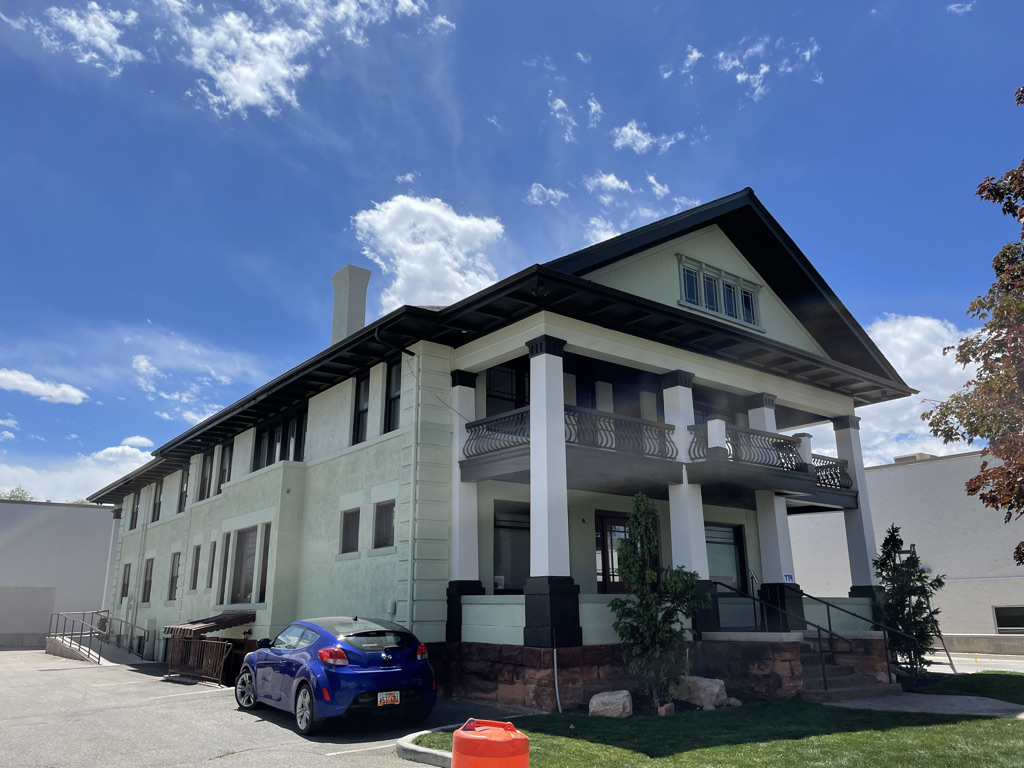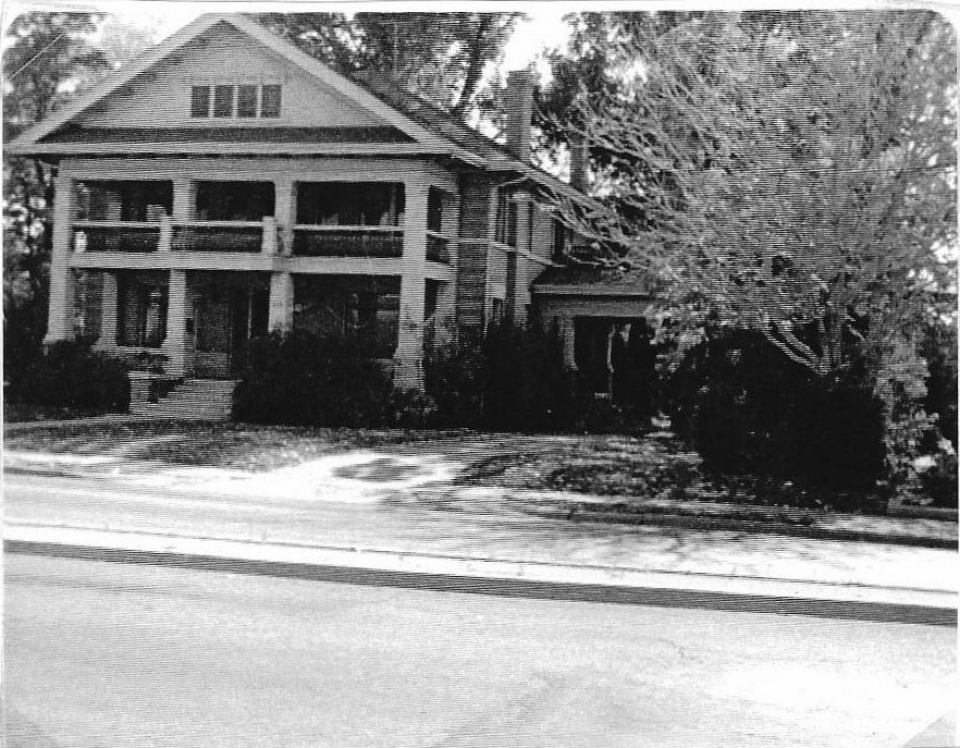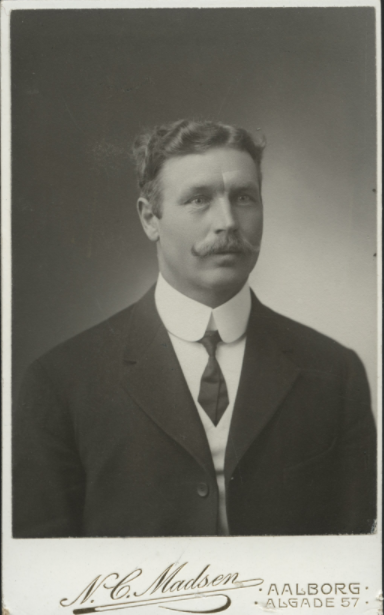Work Hive is excited to be expanding into the Sugar House neighborhood in 2022. Finding a great location and building has been a project in the works for quite some time. We couldn't be more thrilled to be locating in the historic Hyrum Jensen mansion near Sugar House's historic center.
Many thanks to Adrienne White of House Genealogy for her work in researching the history of our new home in Sugar House!
The Hyrum Jensen mansion was built in 1911 by a prominent home builder in the Sugar House area. Hyrum Jensen and his company built many hundreds of homes over several decades in the early 20th century, including many of the great historic neighborhoods of Salt Lake City we know and love today. The Jensen family lived in the home for several decades as Sugar House grew as an important neighborhood of the city. In the 1980s the home was deeply renovated and converted to office space. The home was very nearly demolished in 2009 with the conversion of the adjacent property to the Deseret Industries. The planned demolition was rejected by the Salt Lake City Planning Commission, and gladly the home was preserved.
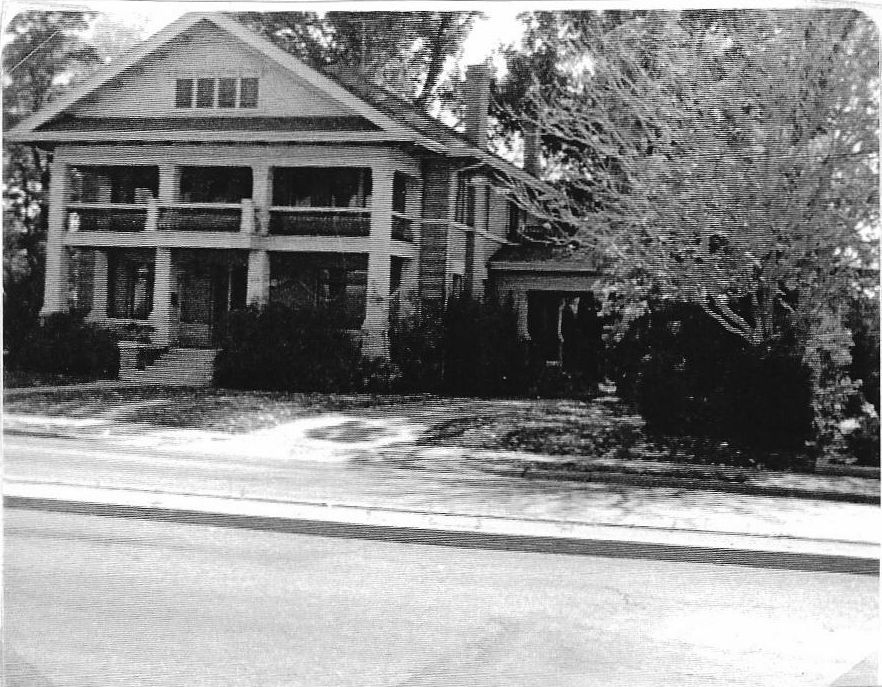
Brigham Young's Forest Farm
The boundaries of the original Forest Farm owned and operated by Brigham Young “initially bordered the five acre lots of the Big Field” and the boundaries were set from 2100 South to 2700 South from 300 East to 1300 East. Brigham Young used the farm as an experiment to discover what vegetation would grow in the Salt Lake Valley. In Brigham’s large family, women were expected to be productive and they helped with tasks around the farm. In the mid-1860s, Brigham became interested in silk production. In 1866, he had over 11,000 mulberry tree seeds imported from France and planted at his farm, which contributed to the property’s name being called the Forest Farm. In 1868, the cocoonery was built on the Forest Farm. One of his plural wives, Zina Diantha Huntington Young, was in charge of the silk production process at the Forest Farm. The cocoonery was a “long adobe building with a hall running the length of it and rooms along both sides where the trays of silk worms were cared for” and was located at 2100 South and 700 East.
Farm production was critical to the economic survival of the many wives and children of both the Young and Jensen families. After Brigham Young's death, Forest Farm was sold off in pieces, and began to develop as the Forest Dale neighborhood.
The Jensen Family in Sugar House
Soren Jensen was a skilled carpenter, a prosperous farmer, a home builder, and a land developer. He was born on June 14, 1838 in Denmark. In 1860, he emigrated to the United States in the William Tapscott ship and pioneered across the plains with Captain Oscar O. Stoddard’s handcart company. During his trek to Utah, he specialized in hunting buffalo.
Hyrum J. Jensen was born in Salt Lake City in 1869 and was the oldest child from his father’s third wife. In 1880, Soren Jensen, Hyrum’s father, purchased 40 acres of the Forest Farm (700 E to 900 E and 2100 S to 2300 S) from one of Young’s widows. Soren and his family moved into the cocoonery in 1881 and the Jensen family continued to produce and sell silk and vegetables. He saw this purchase as a means for his wives to financially support themselves by producing and selling silk and vegetables. Between 1881 and 1887, Karen, Ane, and their children moved into the cocoonery on 2100 South and 700 East
Hyrum began his career in lumber and, like his father, became a builder and carpenter. Hyrum and his brother Joseph teamed up with two other brothers they knew during their childhood, William and Nephi Hansen, to start a lumber and coal yard near 2100 South and 1100 East known as the Jensen-Hansen Lumber Company in Sugar House. He incorporated the Hyrum J. Jensen Company in 1921 and built several hundred homes, offices, and apartments in Salt Lake City. He spent his later career as a property owner and residential developer in the Forest Dale neighborhood.
Hyrum built his mansion home at 774 E 2100 S in 1911 as the second home for his wives and children. He lived there with his wife, Bodell, and children until 1930 when they moved into a larger home on Highland Drive. At that point, their son and daughter-in-law, Hyrum Angus and Mary Adell Jensen, moved into their old house on 2100 South. The home was occupied by Hyrum’s descendants for many years.
The Jensen family was prominent in the community and the mansion was frequently mentioned in local newspapers as the venue for numerous formal teas, parties, and receptions. Many of the Jensen children were born in the home. Peerless Laundry was located in the mansion during WW2. In 1953 a 3-room furnished, steam heated residence in the mansion was advertised in the Deseret News for $65/month.
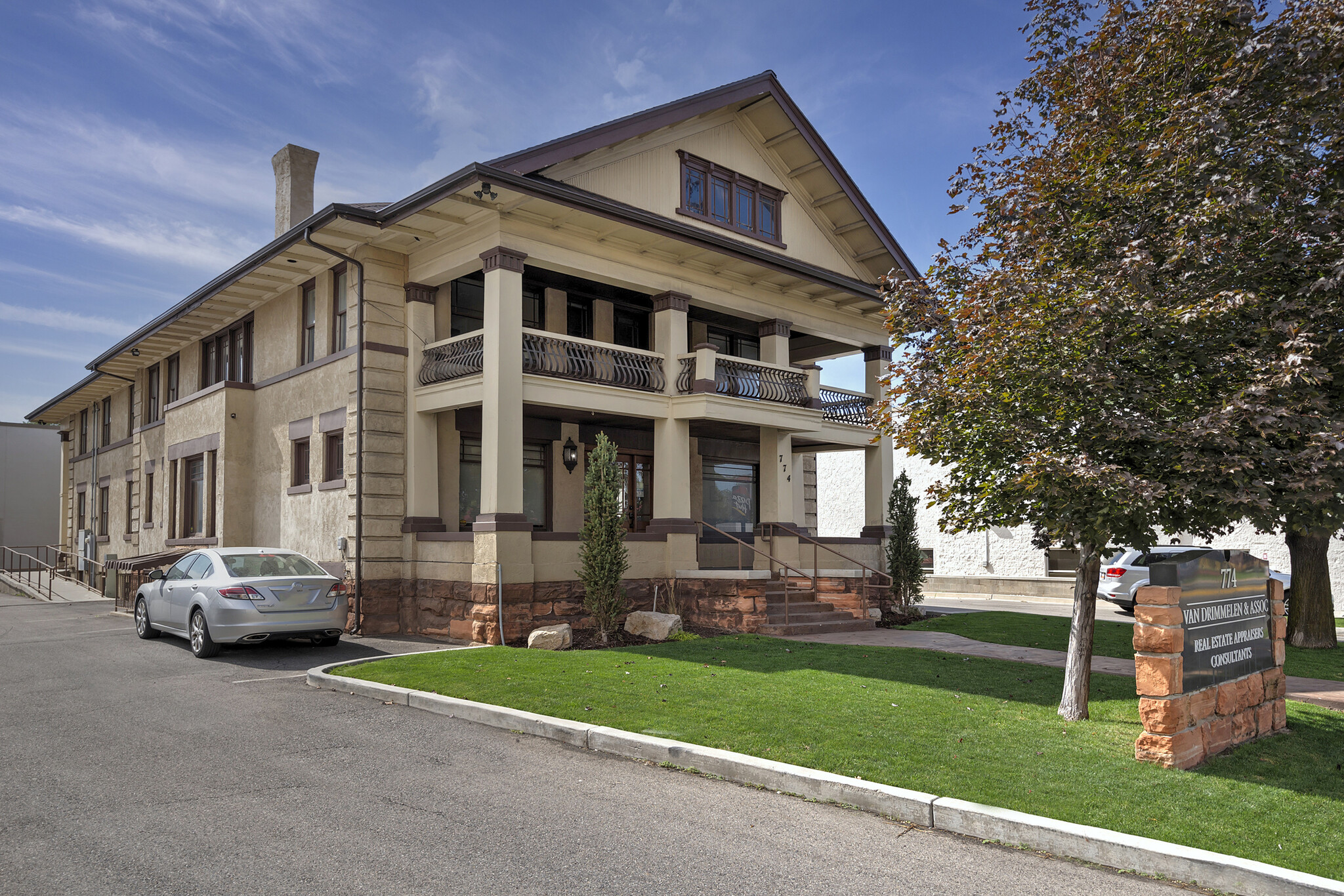
Major renovations and a large addition on the back of the mansion were built in the 1980s. The building has been used as professional office space for many years. In 2009 Deseret Industries was repurposing the adjacent Circuit City building and the mansion was going to be demolished to make space for loading docks and a drive through lane. The Utah Heritage Foundation, urban planners, and local community convinced Deseret Industries to reconfigure their new building in order to preserve the historic mansion. In 2022 Work Hive purchased and refurbished the property and opened their second coworking office location.
